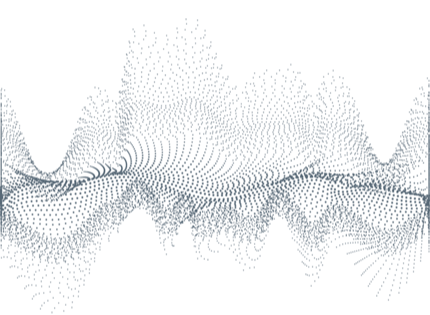wlan ieee 80211ad model ns 3
Introduction:
This is a repository for the development of WLAN IEEE 802.11ad model in ns-3. The implemented model can support the following features:
- DMG Channel Access Periods (BTI + A-BFT + ATI + DTI including both CBAP and Service Periods).
- Sector Level Sweep (SLS) in BHI and DTI.
- Abstract PHY layer for DMG CTRL + SC + OFDM.
- Fast Session Transfer (FST).
- DMG Relay Support (Full Duplex).
- DMG PLCP Model for 802.11ad including TRN Fields.
- 60 GHz Directional Antenna Model.
The implementation is based on the available model of IEEE 802.11 in ns-3. The following paper includes a background on IEEE 802.11ad, implementation details, and evaluation section for this model. If you use our model in your research, please cite our paper:http://eprints.networks.imdea.org/1272/
Project Road-map:
We are planning to develop and add the following features to the project:
- Half Duplex DMG Relay Support.
- Fast Link Adaptation.
- Dynamic Channel Allocation (Polling).
- Reverse Direction Protocol (RDP).
- More accurate channel model + propagation model.
- Handover support.
If you are willing to work on one of the previous features, we are happy to collaborate.
Building The Project:
The current implementation is based on ns3-25. In order to save time and evaluate the IEEE 802.11ad model only, type the following command:
./waf configure --disable-examples --disable-tests --disable-python --enable-modules='applications','core','internet','point-to-point','wifi' ./waf build
The previous command builds the required models only to run IEEE 802.11ad with its provided scripts in debug mode. To build the project in optimized mode for fast execution type the following command:
./waf configure --disable-examples --disable-tests --disable-python --enable-modules='applications','core','internet','point-to-point','wifi' --enable-static -d optimized ./waf build
Running Scripts:
The project includes different scripts located in scratch folder to test the previous listed features and mechanisms. At the beginning of each script, we include some description regarding the tested feature + network topology + expected output + usage method.
